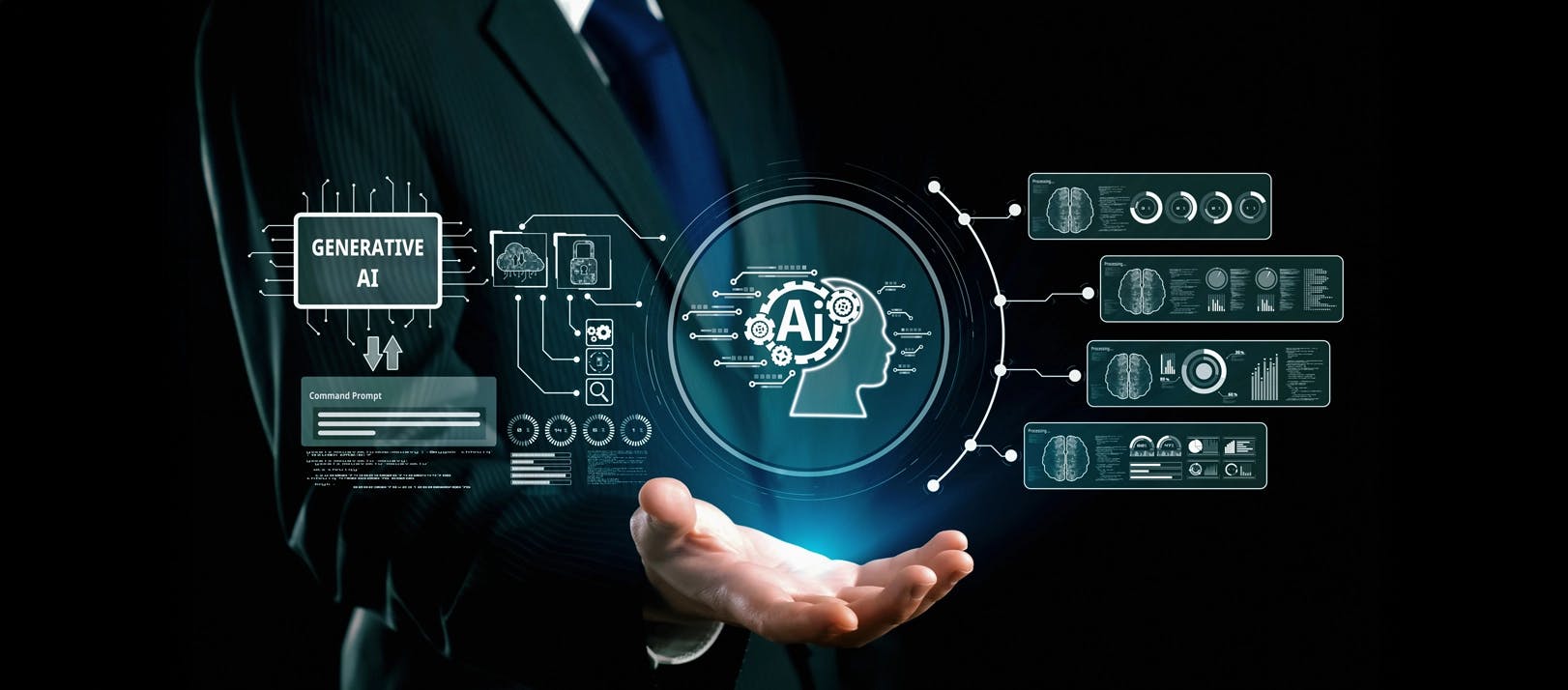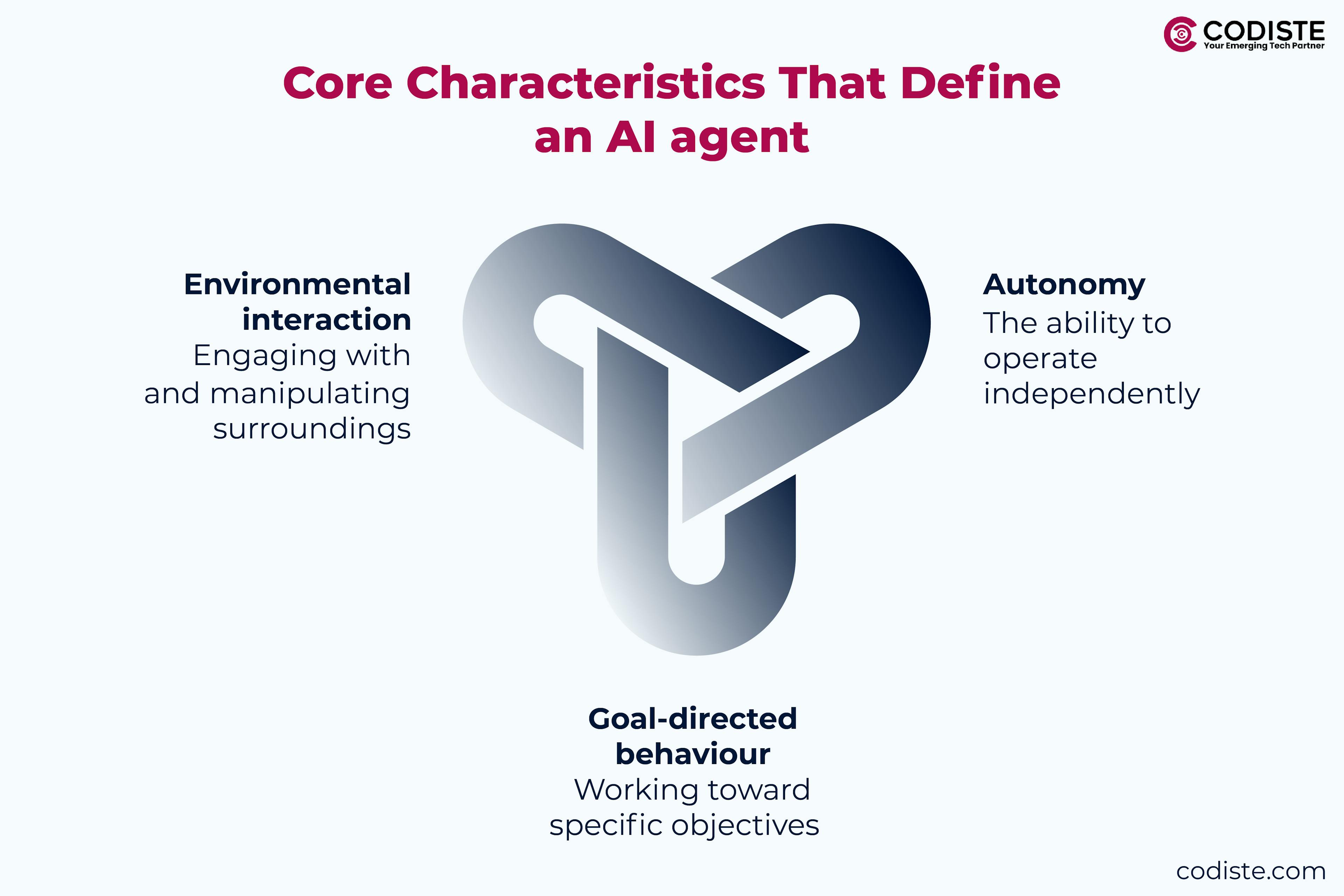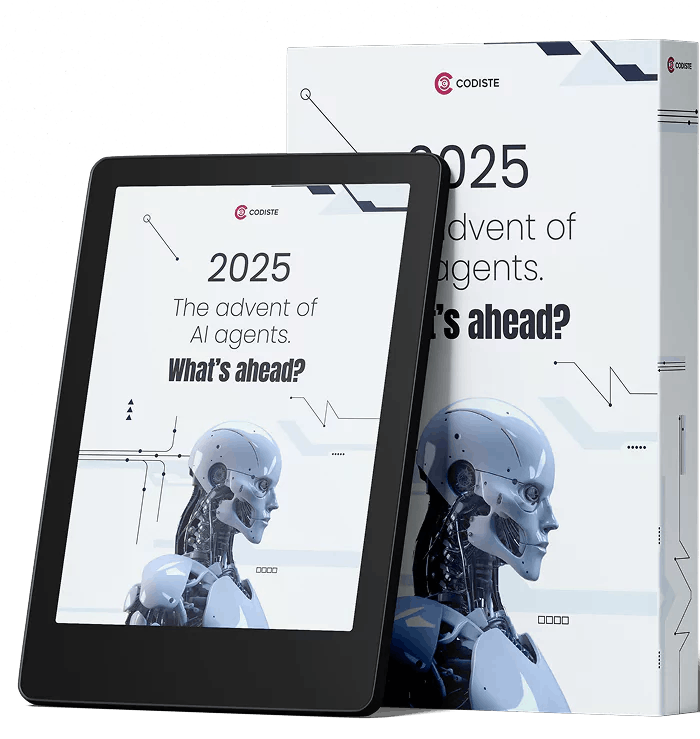


“Agentic AI" is one of the most revolutionary advances in artificial intelligence. This progress introduces new vocabulary, structures, and procedures that can baffle even the most seasoned, technologically literate individual. This handbook is your ultimate guide to agentic AI explained, be it concepts, techniques, and architectures in this fascinating field; all will be covered to give you an understanding of this most important term in recent times.
Agentic AI workflows help enterprises make AI agents take autonomous decisions and actions, helping these agents to complete tasks without human aid. Agentic AI is capable of making decisions, managing complex situations, and occasionally changing its behaviour autonomously. Today, AI usually has human-defined goals, whereas theoretical AI can set and follow its own goals. Many AI systems currently exhibit agentic behaviours, although they are often task-specific and limited in safety and usability.
All of these terminologies may confuse you, but don't worry; we won't make it any tougher for you. With this blog, we will help you find explanations for all of those complex words and concepts; just stick with us.
The majority of traditional AI systems have been reactive tools that produce preset outputs in response to particular inputs. On the other hand, when AI actively interacts with its surroundings, making its choices based on predetermined objectives, and acts with little human guidance, just like someone with autonomy, this is the phase where that AI becomes an agent.
Three core characteristics can define an AI agent:

The development of agentic systems has been expedited by the emergence of large language models (LLMs), which offer a versatile agentic AI framework for planning, reasoning, and natural language comprehension.
Before discussing frameworks and architectures, it is important to make clear several basic differences:
In recent years, the agent framework ecosystem has grown significantly. Some of the most significant are as follows:
Although the flexibility, usability, and ideal use cases of these frameworks vary, they all offer architecture for transforming language models into agents with a purpose.
Several architectural models for organising agent behaviour and reasoning have surfaced, going beyond particular frameworks:
Every architecture represents distinct trade-offs between relevant use cases, efficiency, and complexity.
Gain industry insights about autonomous AI agents and more.
There are now specialized development environments as agent technology advances. We will discuss a few of them:
Regarding who should be permitted to construct agents and how the development process should be organized, these environments reflect different viewpoints.
Workflows in agentic systems are structured sequences of tasks that guide these autonomous AI agents to complete specific goals. They define the steps an agent should take, decision points, and success criteria. Workflows combine planning capabilities with execution, allowing agents to decompose complex problems, prioritize subtasks, and adapt to unexpected scenarios. They typically include perception (understanding the environment), reasoning (analyzing options), planning (mapping steps to achieve goals), and action (executing decisions). Well-designed workflows balance autonomy with guardrails, enabling agents to solve problems independently while remaining aligned with human intentions.
Internal processes that guide agent behaviour can be arranged in a variety of ways.
The workflow decision has a considerable impact on an agent's capabilities, limits, and acceptable applications.
Methodological approaches to agent evaluation have emerged as the area has progressed, including the following:
The agents are tested in these standardized evaluation environments across a variety of aspects, including their ability to reason, their proficiency in using tools, and their alignment with their goals.
Key Metrics
Agent evaluation typically considers multiple factors:
Increasingly, agents are evaluated not just on their functional effectiveness but also on their compatibility with human values, their resistance to misuse, and their ability to avoid destructive behaviors.
Due to the open-ended nature of agent tasks and the complexity of defining "success" in many contexts, rigorous evaluation continues to be a tricky endeavour.
Curious about how AI agents are reshaping 2025 and beyond?

The application of agent-based artificial intelligence is already being utilized in a variety of fields:
Additionally, these applications illustrate the significance of human-AI collaboration while demonstrating the practical benefit of agentic systems.
The concepts and agentic AI terminologies can appear to be daunting and might even confuse people with zero to no technological knowledge; yet, it is vital for anyone working in this current age of technology where AI agent workflows are pretty much part of every industry, to have a solid understanding of these basic AI terms and concepts.
Whether you are designing your own AI agents, evaluating their performance for your business use, making decisions regarding their deployment, or even someone who just wants to learn about agentic AI, this conceptual guide offers a starting point for steering through this complicated world of AI.
As the field of agentic AI continues to advance, it will be elementary for individuals as well as enterprises to retain clarity regarding the capability of these systems, how they operate, and where they are headed for the future, and even find ways to maximize their potential while effectively managing their limitations.
With Codiste, you get the right path through which you can deploy and integrate AI agents within your operations, as we have deployed more than 20 AI agents for various businesses globally. To know more about these agents and how they can reinvent old processes into new and transformational ones, call us today.




Every great partnership begins with a conversation. Whether you’re exploring possibilities or ready to scale, our team of specialists will help you navigate the journey.